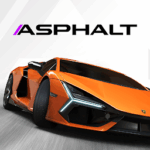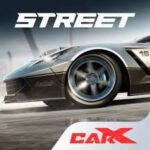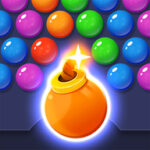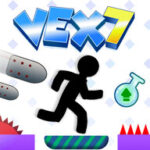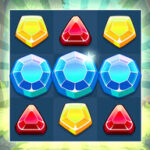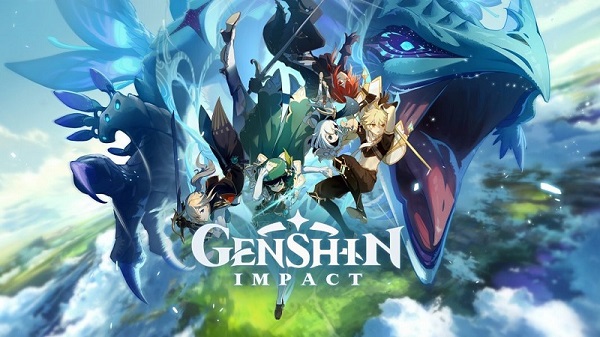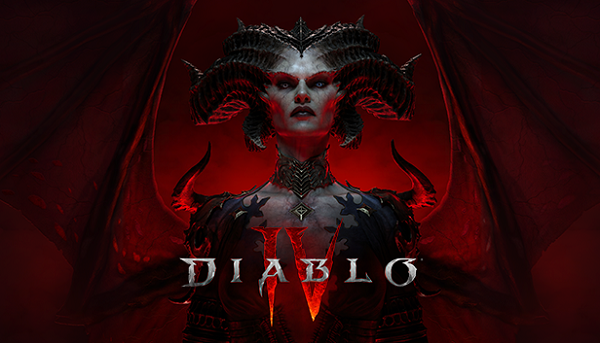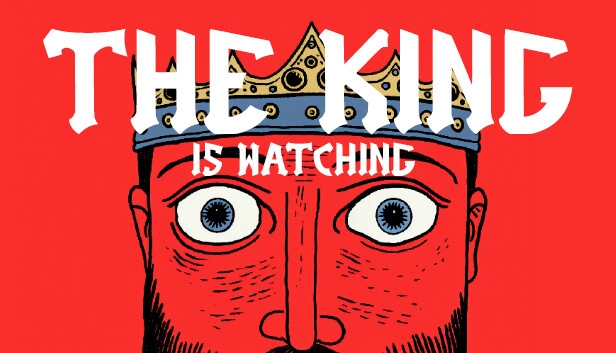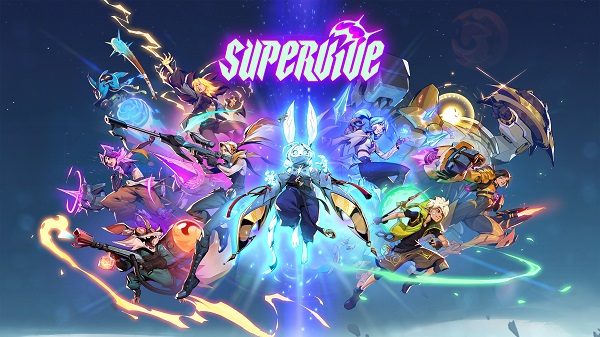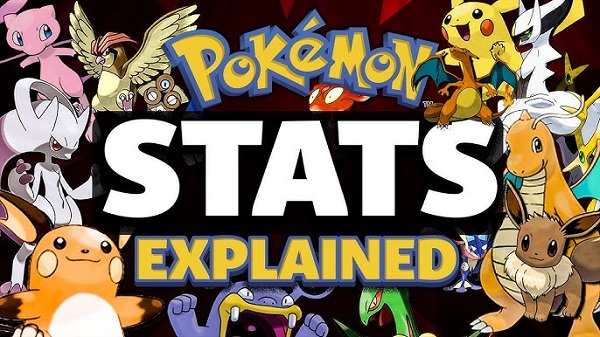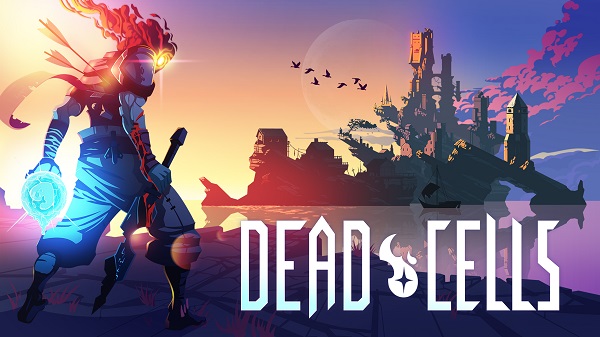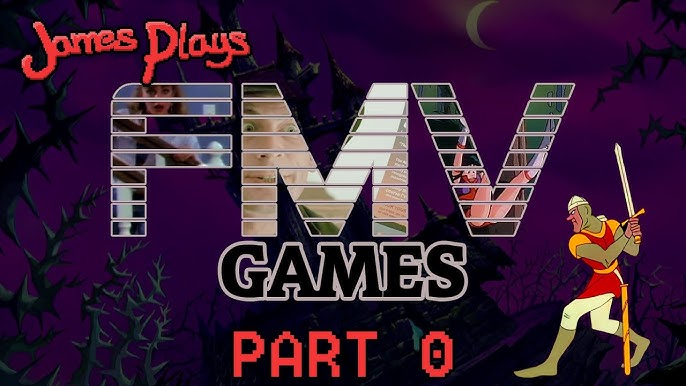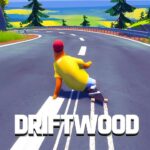Driftwood, developed by Stoked Sloth Interactive, is an indie gem that brings the thrill of downhill longboarding to life through the unlikely hero, Eddy, a sloth with a penchant for speed. Launched into Early Access on June 1, 2023, and reaching its full 1.0 release on August 1, 2025, this game blends minimalist gameplay, vibrant low-poly aesthetics, and a chill soundtrack to create a unique experience in the extreme sports genre. With over 15 tracks, online multiplayer, and a focus on flow-state drifting,
Driftwood appeals to both casual players and leaderboard enthusiasts. This review explores the game’s evolution, mechanics, configuration, and lasting impact, offering an expert perspective on its strengths and shortcomings. Highly rated,
Driftwood is a refreshing, if imperfect, ride worth taking.
The Birth of Driftwood: A Small Team’s Big Vision
A Pandemic-Inspired Concept
Conceived during the COVID-19 pandemic,
Driftwood emerged from the creative minds of Stoked Sloth Interactive, a two-person studio comprising an artist and a programmer. Inspired by the freedom of longboarding and viral social media moments like a skateboarder cruising to Fleetwood Mac, the team crafted a game centered on a sloth named Eddy, defying his slow nature to shred down mountains. This whimsical premise set
Driftwood apart, blending humor with the adrenaline of extreme sports.
Early Access Foundations
Driftwood entered Early Access on Steam on June 1, 2023, with a modest package of four tracks, a tutorial, and core mechanics focused on drifting and speed management. Priced at $19.99, it targeted players seeking a relaxed yet challenging experience. Community feedback during this phase was critical, highlighting issues like overly sensitive controls and collision bugs. The developers’ commitment to regular hotfixes and transparent roadmaps laid a strong foundation for the game’s growth.
Core Gameplay: Drifting into the Flow State
Mastering Eddy’s Moves
Driftwood’s gameplay revolves around controlling Eddy as he longboards down scenic tracks, emphasizing precision and flow. Players use the left stick (or mouse/keyboard) for steering, forward leans to accelerate, and backward leans for air braking. Drifting, triggered by bumper buttons, is the heart of the experience, allowing Eddy to slide through corners while maintaining speed. The controls are intuitive but demand practice, as early versions suffered from oversensitivity, causing unintended spins.
Scoring and Objectives
The game rewards skillful play through a points-based system. Drifting, collecting leaves, performing tricks (like ollies or grabs), and narrowly avoiding traffic contribute to scores, which unlock cosmetics and gear. Each track features challenges, such as chaining a 10-second drift or collecting 20 leaves, adding depth. However, repetitive objectives in Early Access, like triggering car honks, occasionally frustrated players due to inconsistent tracking.
Key Gameplay Elements
- Drifting: Chain drifts to maintain speed and boost scores.
- Leaf Collection: Gather leaves to unlock cosmetics.
- Traffic Dodging: Skate close to cars for bonus points, risking crashes.
- Challenges: Complete track-specific tasks for replayability.
Game Configuration: System Requirements and Setup
Minimum and Recommended Specs
Driftwood is designed to be accessible, running smoothly on modest hardware. The minimum requirements include a 64-bit OS (Windows 10 or later), a 2 GHz dual-core processor, 4 GB RAM, and an integrated GPU like Intel HD Graphics 4000. For optimal performance, a 2.5 GHz quad-core processor, 8 GB RAM, and a dedicated GPU (e.g., NVIDIA GTX 1050) are recommended. The game occupies approximately 2 GB of storage, making it lightweight for most systems.
Platform and Control Options
Available exclusively on Steam for PC,
Driftwood supports both controller and keyboard/mouse inputs, with controllers being the preferred method for smoother drifting. The game lacks customizable control bindings, a notable omission for accessibility. On Steam Deck, it runs at 40-60 FPS but struggles with pop-in and occasional frame drops, requiring optimization tweaks for handheld play.
Configuration Tips
- Controller Setup: Use a gamepad (e.g., Xbox or PS4) for precise control.
- Graphics Settings: Lower shadow quality on Steam Deck to reduce pop-in.
- Resolution: 1080p recommended for crisp visuals without taxing hardware.
Visual and Audio Design: A Chill Aesthetic
Low-Poly Beauty
Driftwood’s low-poly art style, reminiscent of
Lonely Mountains: Downhill, delivers vibrant, colorful landscapes—from lush forests to snowy peaks. The minimalist design ensures smooth performance but occasionally suffers from limited view distances, causing pop-in on lower-end systems. Tracks are visually distinct, though some players noted similarities in layout, reducing the sense of variety.
Soundtrack and Effects
The game’s lo-fi and RnB soundtrack creates a relaxed vibe, perfectly complementing the downhill flow. Players can mute the music to use custom playlists, adding personalization. Sound effects, like board scrapes and car honks, enhance immersion, but early builds had audio glitches, such as looping sounds, which were mostly resolved by the 1.0 release.
Early Access Struggles: Bugs and Feedback
Technical Challenges
During Early Access,
Driftwood faced issues like Eddy spinning uncontrollably, clipping through terrain, or failing to spawn correctly after retries. Multiplayer desync, introduced later, caused cars to appear in different positions for players, disrupting races. These bugs frustrated the community, though Stoked Sloth Interactive’s swift patches mitigated some concerns.
Community-Driven Development
The
Driftwood community, active on Steam forums and Reddit’s r/longboarding, provided detailed feedback, from bug reports to feature requests like adjustable controller sensitivity. The developers responded with monthly updates, addressing issues like leaderboard errors (e.g., scores displaying as 3.2916e+07). This dialogue shaped the game but highlighted the challenges of a small team tackling ambitious features.
The 1.0 Release: A Polished Milestone
New Content and Features
The full release on August 1, 2025, expanded
Driftwood with a hub world, two new maps, and 100 challenges, bringing the track count to over 15. Online multiplayer now supports up to eight players, with leaderboards tracking times and scores. Cosmetic unlocks, including boards and wheels with unique grip stats, added depth, though some players reported issues with unlocks not saving.
Multiplayer and Progression
Multiplayer introduced competitive racing, but persistent desync and latency issues marred the experience. The progression system, revamped for 1.0, ties unlocks to challenge completion and scores, encouraging replayability. However, the absence of split-screen multiplayer and a freestyle trick system disappointed players seeking more variety.
Level Design: Strategic and Scenic
Track Diversity
Each track in
Driftwood offers multiple paths—through forests, castles, or ditches—encouraging players to experiment with routes. Runs last 2-7 minutes, balancing quick sessions with strategic depth. Tight corners demand precise drifting, while straightaways allow speed boosts. Some tracks feel similar in layout, a critique the developers have yet to fully address.
Challenge Integration
Challenges, like chaining drifts or avoiding obstacles, are seamlessly integrated into tracks, with daily objectives keeping the game fresh. Early issues with challenge tracking (e.g., car honk objectives failing to register) were largely fixed by 1.0, though occasional glitches persist, slightly undermining the experience.
Notable Tracks
- Forest Frenzy: Tight corners and dense foliage test precision.
- Snowy Summit: Slippery surfaces add challenge to drifts.
- Castle Cruise: Open paths with scenic views reward speed.
Comparisons to the Genre: Standing Out
Against SSX and Skate
Compared to
SSX’s bombastic snowboarding or
Skate’s urban realism,
Driftwood leans into a minimalist, nature-focused experience. It lacks the trick-heavy complexity of
Tony Hawk’s Pro Skater but shares
Lonely Mountains: Downhill’s serene aesthetic. Its sloth protagonist and drifting focus make it unique, though it may feel too simple for trick enthusiasts.
Unique Strengths
Driftwood shines with its accessibility and charm, appealing to players who enjoy flow over flash. The sloth narrative, combined with a focus on drifting rather than combos, sets it apart in a genre often dominated by high-octane chaos, making it a refreshing alternative for casual and competitive players alike.
Community and Developer Dynamics
A Passionate Player Base
The
Driftwood community thrives on Reddit and Steam, sharing strategies like optimal drift angles and leaf locations. Players praise the game’s vibe but criticize lingering bugs and limited controller customization. The community’s enthusiasm has driven engagement, with fan-made content like track maps boosting replayability.
Developer Engagement
Stoked Sloth Interactive’s transparency, via Reddit AMAs and Steam updates, has fostered trust. Their roadmap promised more tracks and polish, delivering on most fronts, though some players felt the 1.0 release needed more time to refine multiplayer and controls. Ongoing support suggests a bright future.
The Road Ahead: Potential and Longevity
Future Updates
Post-1.0, the developers have hinted at new tracks, split-screen multiplayer, and possibly a freestyle trick system. Community feedback will likely shape these updates, with console ports (e.g., Nintendo Switch) under consideration if demand grows. Addressing multiplayer bugs and adding control customization are critical next steps.
Replayability and Appeal
Driftwood’s leaderboards, daily challenges, and cosmetic unlocks ensure replayability, though its lack of a story mode may limit long-term engagement for some. For players who love perfecting runs, the game offers hours of chill competition, bolstered by its unique premise and approachable price point.
Conclusion: A Charming, Flawed Ride
Driftwood delivers a delightful blend of chill vibes and skillful longboarding, with Eddy the sloth stealing the show. Its low-poly visuals, lo-fi soundtrack, and intuitive gameplay create a flow-state experience that’s hard to resist. While bugs and limited content held it back in Early Access, the 1.0 release marks significant progress, though multiplayer issues and missing features like split-screen persist. Rated
8/10,
Driftwood is a testament to indie creativity, offering a unique addition to the extreme sports genre with room to grow.




